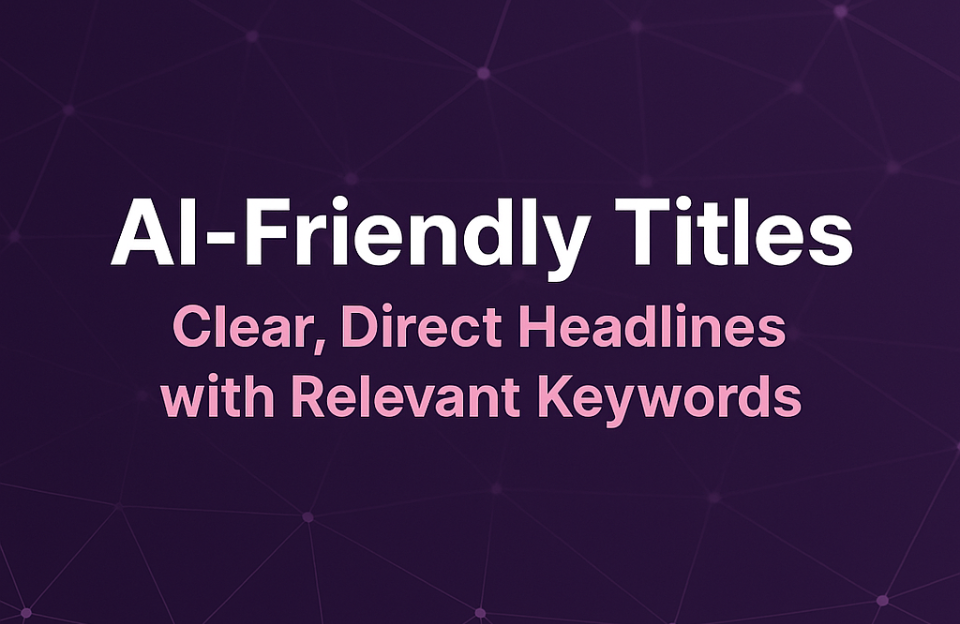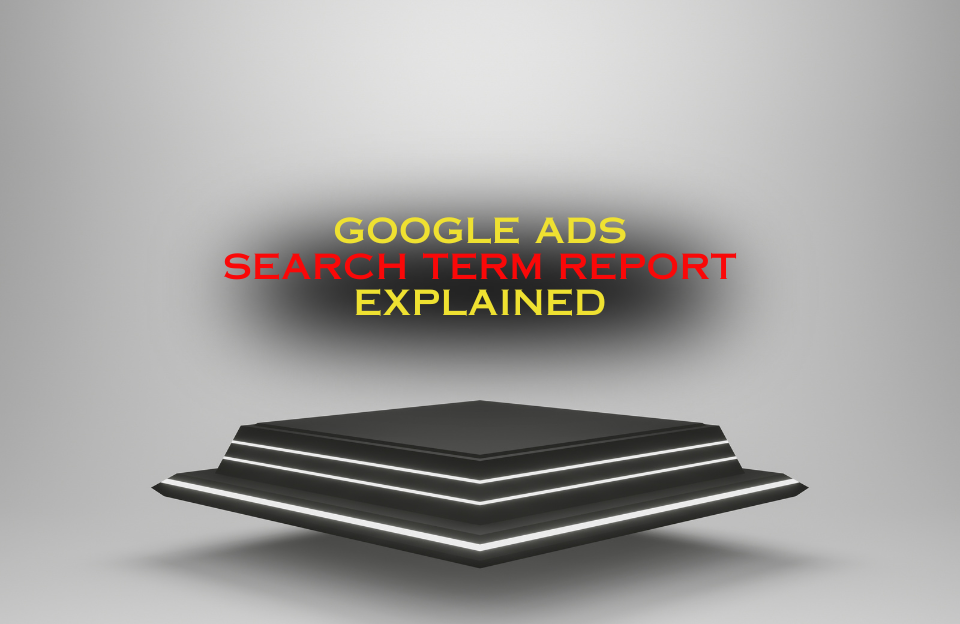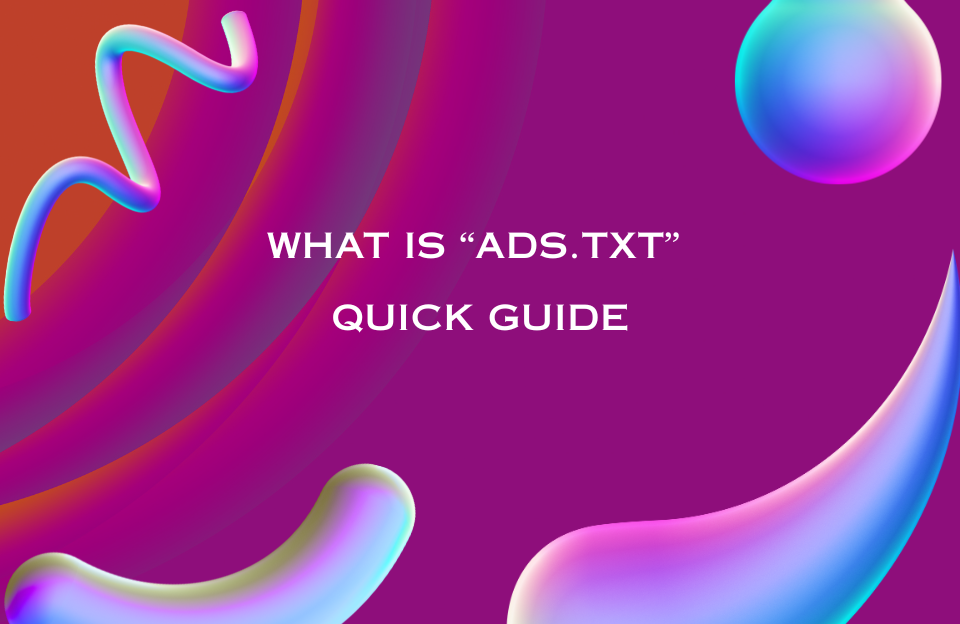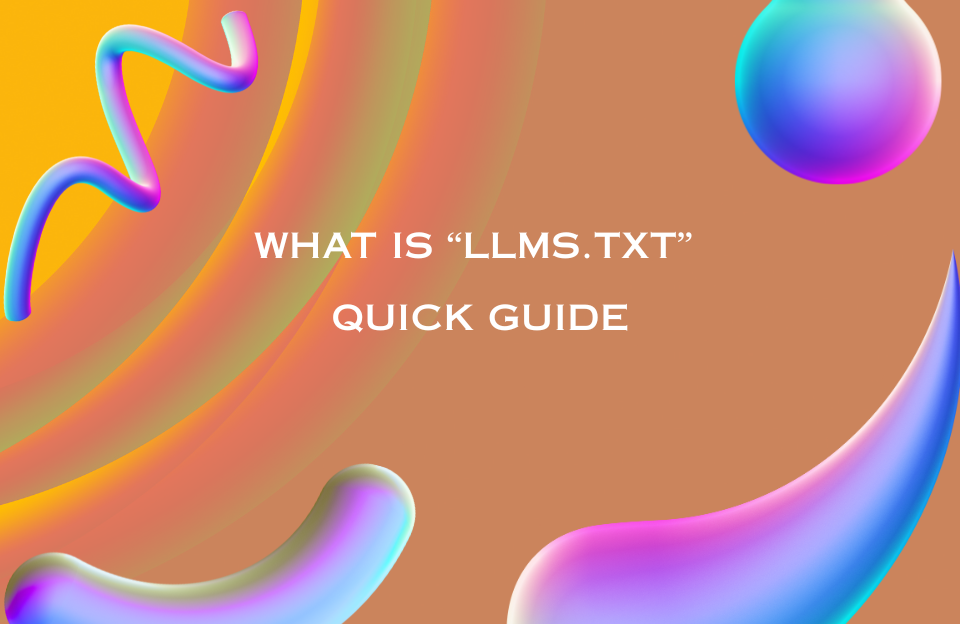AI-Friendly Titles: Crafting Headlines That Attract Both Humans and Algorithms
In a world where algorithms and AI models decide what gets seen, the title of your content isn’t just an attention-grabber—it’s a signal. AI-friendly titles are clear, keyword-rich headlines designed to match how people naturally search and how AI models parse content.
They aren’t clickbait. They’re context-rich cues. And they matter more than ever.
What Are AI-Friendly Titles?
AI-friendly titles are headlines that:
- Contain relevant keywords
- Align with natural language search queries
- Clearly communicate the content’s purpose or value
- Avoid vagueness, jargon, or overly clever phrasing
These titles help search engines, language models, and users instantly understand what your page is about—improving visibility, ranking, and engagement.
Why Are They Important in 2025?
🤖 1. AI-Powered Search Is Here to Stay
With Google SGE, Bing AI, and tools like ChatGPT summarizing content based on cues, your title plays a major role in determining relevance and visibility. AI models favor content that directly answers a query—and that starts with the headline.
🔎 2. Natural Language Search Is Dominant
People now search in full questions or intent-driven phrases like:
- “Best free email marketing tools for startups”
- “How to improve website speed in 2025”
- “SEO checklist for small businesses”
AI-friendly titles mirror that format. The closer your headline matches a search query, the better your chance of being pulled into AI results, snippets, or voice assistants.
📈 3. CTR Still Matters
Even with AI summaries, users still scan search results and feeds. A direct, helpful, keyword-rich title increases the likelihood they’ll click—especially on mobile or in preview cards.
Examples: Generic vs. AI-Friendly Titles
| Generic Title | AI-Friendly Title |
|---|---|
| Grow Your Online Presence | 10 Proven Ways to Grow Your Online Presence in 2025 |
| Email Marketing | Beginner’s Guide to Email Marketing for Small Businesses |
| SEO Tools | Best Free SEO Tools to Boost Rankings in 2025 |
| How to Optimize | How to Optimize Page Speed for Better UX and Rankings |
Best Practices for Writing AI-Friendly Titles
- ✅ Start with the target keyword or query
- ✅ Include numbers or specific formats (e.g., listicles, how-to)
- ✅ Use simple, natural language
- ✅ Match real user intent (informational, transactional, etc.)
- ✅ Avoid overly abstract or vague phrases
- ✅ Keep it under 60–65 characters if possible
Common Mistakes to Avoid
- ❌ Overusing puns or metaphors (e.g., “Going the Extra Megabyte”)
- ❌ Missing the main keyword
- ❌ Using brand terms without context (e.g., “Why [Tool Name] Rocks”)
- ❌ Writing headlines that don’t match content depth
- ❌ Overloading with buzzwords (“Next-gen dynamic cloud stack evolution”)
Bonus Tip: Use Title Testing Tools
Platforms like CoSchedule’s Headline Analyzer or Sharethrough’s Headline Studio can help test engagement potential and keyword clarity.
Conclusion
AI-friendly titles aren’t just good for SEO—they’re essential for content visibility in a post-AI search era. By aligning with how people ask questions and how AI parses language, you improve your odds of being found, featured, and clicked.
Write for the reader. Signal to the machine. Win both.




